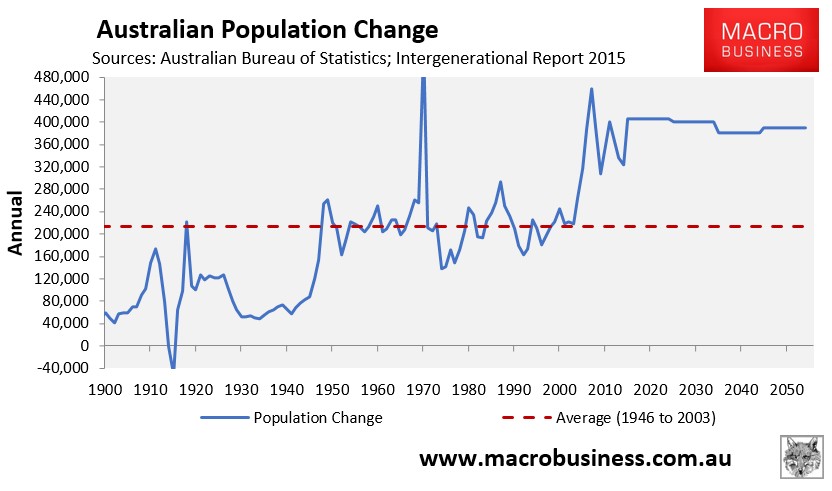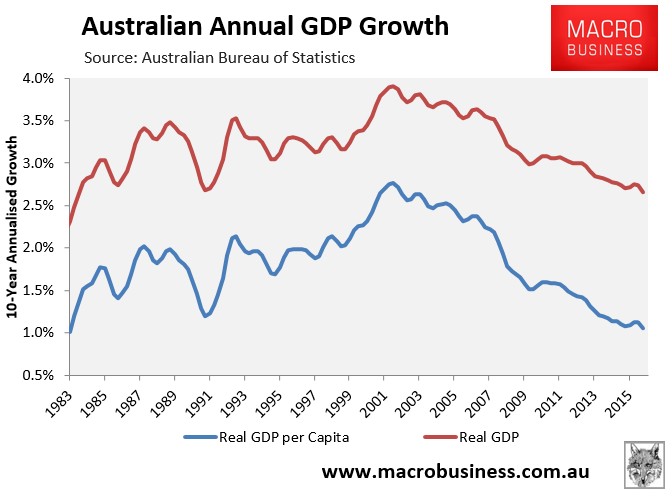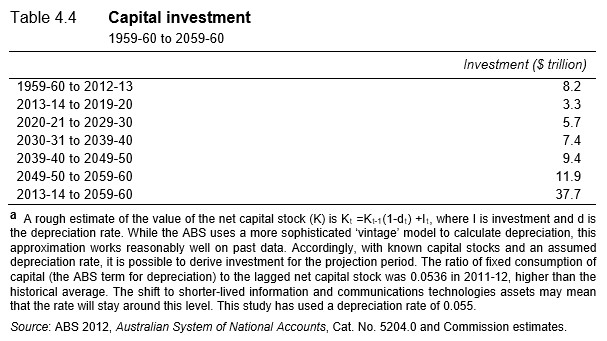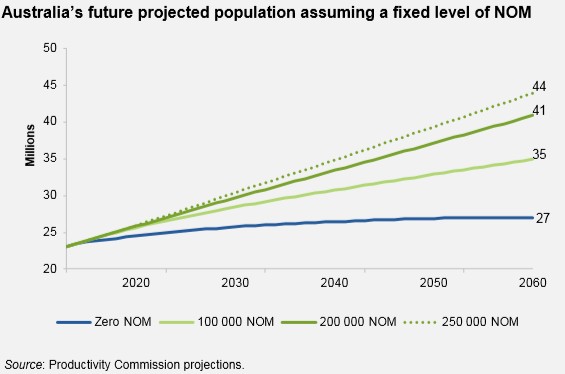Following Ken Henry’s blunt warning on Thursday that Australia’s infrastructure is being overrun by mass immigration, Infrastructure Australia chief, Mark Birrell, issued a similar warning over the weekend, claiming that unless Australia undertakes a massive infrastructure investment program it will become overrun as Australia’s population surges to 30 million and beyond. From The Australian:
An unprecedented $60 billion wishlist of 100 national priority projects will be handed to the Turnbull government on Monday, with a recommendation from Infrastructure Australia that federal and state budgets commit funds for a 15-year plan to deliver them…
Mr Birrell said it was imperative that government budgets commit funding this year to the projects…
“If Australia is to avoid a future of congestion and constraint, we need to transform our infrastructure base. Funding constraints are the core challenge … Spending by any government will always be impacted by other legitimate demands, particularly health and welfare. It is all the more reason to encourage decision-making on infrastructure that sees funds go to projects that have demonstrated benefits”…
“Investing in nation-shaping projects allows us to tackle these problems and manage the great challenges Australia has in front of it, like huge population growth. Within 15 years there will be 30 million Australians and most will live in our four largest cities,” he said.
“If we don’t act, costly bottlenecks and increasing delays will mean it takes longer for Australians to get to work or home, for our goods to reach ports and shops — and services we rely on from infrastructure utilities will decline.”
It is true that Australia faces crippling infrastructure bottlenecks and congestion – this is what happens when population growth is upped to Third World-levels, mostly via immigration (see next chart).

Meanwhile, real GDP per capita has fallen to levels not seen since the early-1980s recession:

The Productivity Commission (PC) has raised similar concerns. In its final report on An Ageing Australia: Preparing for the Future, the PC projected that Australia’s population would balloon to 38 million people by 2060 (mostly via immigration) and warned that total private and public investment requirements over the 50 year period are estimated to be more than 5 times the cumulative investment made over the last half century:

And more recently in its recent Migrant Intake into Australia report, the PC warned that:
Governments have not demonstrated a high degree of competence in infrastructure planning and investment. Funding will inevitably be borne by the Australian community either through user-pays fees or general taxation.
One obvious solution, therefore, is to significantly scale back immigration and forestall the need for costly new infrastructure investment in the first place, especially given the PC also found that ongoing mass immigration is likely to lower the welfare of incumbent residents.
The fact of the matter is that strong population growth is a policy choice determined by Australia’s immigration intake, not a fait accompli.
As shown in the next chart, which again comes from the PC, Australia’s population will reach more than 40 million mid century under current immigration settings, at least 13 million more than would occur under zero net overseas migration (NOM):

That’s a helluva lot of extra people to build infrastructure for versus a lower or zero NOM policy.
So, instead of everyone hand-wringing over inadequate infrastructure investment, how about a national discussion over Australia’s mass immigration settings, which are the demand-driver causing the problems in the first place? Why not reduce immigration to sensible and sustainable levels?
And if our governments choose to continue mass immigration, where is the national plan to cope with building the equivalent of a new Melbourne every ten years ad infinitum? And how will Australia’s governments ensure that incumbent residents’ living standards will not be eroded by the associated pressures on infrastructure, housing, the environment, and the dilution of Australia’s fixed mineral endowment, which is a key driver of our wealth and living standards?
These are the threshold issues that must be asked of our policy makers as they continue in their blind march towards a ‘Big Australia’.

